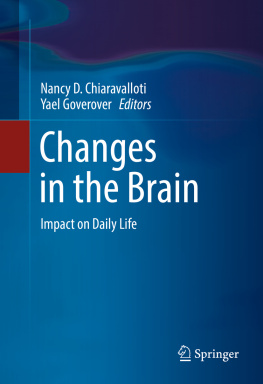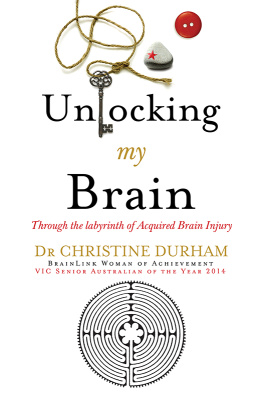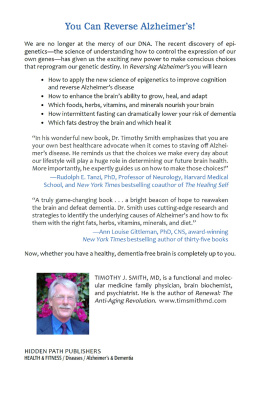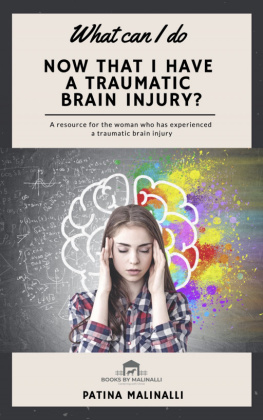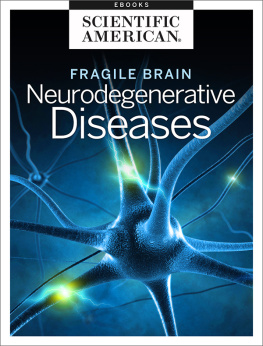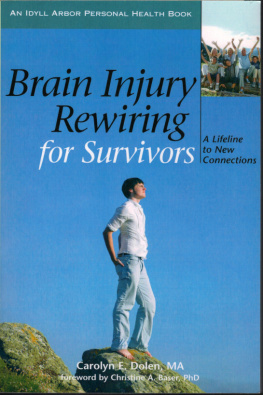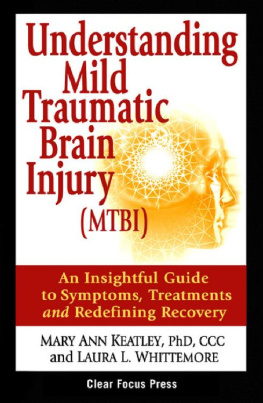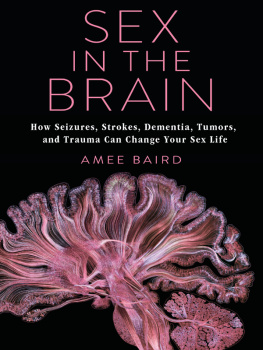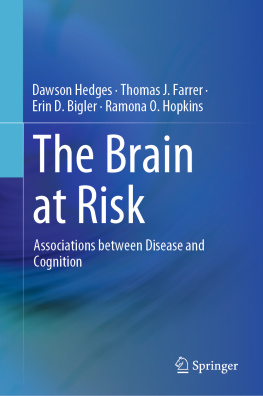Vision and Visuospatial Functions
The visual system in your brain accomplishes something extraordinary every time you open your eyes: it allows you to perceiveto seeenergy. The energy you can see is light, and the light we can see is energy of a particular wavelength. This section will explain how the visual system manages to change energy into neural impulses that your brain can use.
Vision begins in your eye. On the back of your eyeball, a sheet of cells called the retina transduce (or change) light energy into neural impulses. There are two types of cells in your retina, which are named after their shape: rods which are cylindrical, and cones which are cone-shaped. Rods need less light to work, but are sensitive to only a limited range of light at the blue end of the spectrum. Cones are sensitive to a far wider range of light, and thus allow us to see in color, but require far more light to work. This is why you do not see the world in rich colors at night, as you do during the day. At night, there is not enough light for your cones to work, and so only your rods are activeresulting in a world of dark blues. The most sensitive part of your retina is your fovea, and the fovea is densely, and exclusively, packed with cones. During the day, this allows you to see things that interest you in high definition and in full color.
The difference between rods and cones in the retina illustrates an important principle that is found throughout the visual system, and throughout the brain: information is broken up and different systems handle different types of information. Another general principle of brain organization is shown as the information moves from the retina to the visual cortex. As the information is transmitted along the optic nerve, it is divided such that information about the left half of space (the left visual field) is delivered to the right half of the brain (the right hemisphere) while information from the right visual field is delivered to the left hemisphere. This division of information is seen throughout the brain: the right side of the brain receives input from the left side of the body and vice versa. Moreover, the right side of the brain controls the left side of the body (and vice versa).
In the visual cortex, which is located in the back of the brain, just above the nape of your neck, the information from the eyes is broken down even further. Lines and edges are represented in one part of the visual cortex, colors in another, motion in yet another, and so forth. We know this because if these areas in the visual cortices are damaged (e.g., by a stroke), then the function that was supported by that area is also lost. For example, when the area responsible for representing color is damaged by a stroke, the stroke survivor will be unable to see colors. He/she will perceive the world as comprised of shades of grey. Furthermore, and somewhat surprisingly, he/she will also be unable to remember colors. This points to another important aspect of how the brain is organized and how it works: memories are represented by the same areas that represent the information when it is perceived. Therefore, when you look back at your childhood, you really are looking back inasmuch as your childhood memories are represented in your visual cortex. Visual memories are represented in visual cortices, auditory memories are represented in auditory cortices, somatosensory memories (memories of touch) are represented in somatosensory cortices, and so on.
While someone who has suffered damage to color processing areas will be unable to see colors, someone who has sustained damage to visual motion processing areas will be unable to see motion. These individuals see the world not as a dynamically changing scene, but more like a series of still photographs. This can be very debilitating, because the series of still photographs does not update quickly enough to avoid accidents. For instance, when crossing the street, one might see an empty street, then a car turning onto the street, and then the car might strike the person before the scene is updated.
As the visual information moves through the visual system, it is gradually reassembled as the different aspects of the thing one is looking at (its color, its location, its luminance, its motion, its depth, etc.) are associated with one another. One area that is specially tuned to this kind of higher order visual information is the fusiform face area, which is located on the bottom of the brain. This area is highly active when we look at faces, regardless of whether the face is someone we know or not. This area is also active when we look at face-like stimuli, such as cars where the two headlights look like eyes and the bumper looks like a mouth. Indeed, this area is probably analyzing all visual information all the time to see if it is a face, and is probably responsible for things that are not faces (e.g., cars) appearing to look like faces to us. It is likely that we have an area devoted to face processing because faces are so important to our survival. It is important to be able to recognize your parents when you are young, it is important to be able to distinguish friend from foe as you get older, and it is important to be able to recognize subtle changes in faces (e.g., the difference between a bored face and an angry face) at all times. Indeed, the ability to recognize faces is so central to our lives that the deficits resulting from losing this ability are surprising.
Disturbances in the reassembly of visual material can result in agnosias (Farah, ), a Greek term for without knowledge. At a more fundamental level, apperceptive agnosia describes the difficulty in forming a mental representation of what is visually sensed, such that individual visual characteristics (e.g., light/dark, size, color) are perceived but cannot be integrated into a meaningful whole. This syndrome typically occurs after diffuse damage to the occipital lobe and surrounding neural regions. A higher-level deficit is seen with associative agnosia , in which individuals can perform the perceptual integration that is deficient in apperceptive agnosia, but cannot attach semantic meaning to the visual percept. For instance, they may be able to copy a picture of an object accurately, but would be unable to name it or draw it from memory, due to the lack of meaningful information attached to what they see. Beyond these two broad distinctions, visual agnosias may be limited to a specific category of object. For example, patients who have lost the ability to recognize faces from vision are said to have prosopagnosia . Because the rest of their visual system is generally intact, they are perfectly able to distinguish (and faithfully report) the features of a face. They can tell you the color of someones eyes, the shape of his nose and chin, whether his teeth are straight or crooked. However, they are entirely unable to put all this information together into a single representationthat is, into the percept that you or I might call Johns face. They cannot recognize people they have known and loved for decades; they cannot recognize famous people; they cannot tell you whether two faces are from the same person or from different people except by laboriously cross checking each feature one by one. However, while they cannot recognize friends and family by sight, as soon as they hear the voice of one of these people they immediately recognize themthus showing that they have not forgotten these people, but rather that their facial recognition abilities have been damaged.

